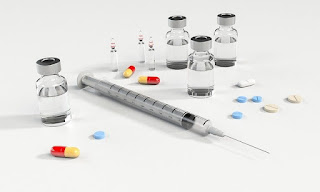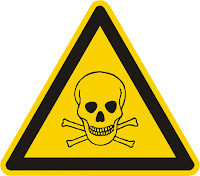Factors Affecting Poisoning - Toxicology

Following are the Factors affecting the poisoning: (A) Factors pertaining to the substance 1. Dose The more the quantity of poison, the more severe will be the toxic effects. But it is not necessary all the time, sometimes larger doses result in vomiting, thus reducing its intensity. But in the majority of cases, more dose will produce more toxicity. 2. State Gases and vapor act more rapidly than liquid poisons. Whereas, liquid poisons act more rapidly than solid poisons. And in solid poisons, fine powdered solid poisons act more rapidly than coarse ones. Thus, the state/form of poison directly affects the effect of poison. 3. Chemical combination The action of poison depends upon the chemical combination that will alter the solubility of the poison in the body. For eg, AgNO₃ and HCl are both strong poisons, but when combined, form or, an insoluble salt of AgCl which is harmless. 4. Mechanical Combination The action of poison is considerably altered when combined mechanically wit...

